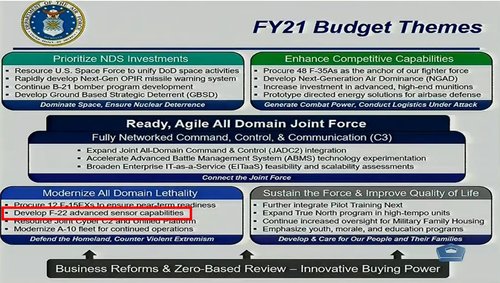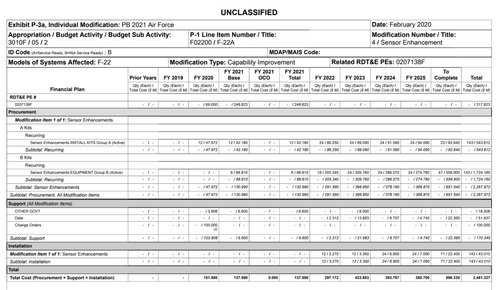I have a question concerning F-22's empty weight. It is often cited by various parties to be 19.7 tons.
But looking into the past, weight was much less. There is YF-22, weighing just under 15 tons. And while It was a demonstrator, it was still probably wise to keep it close to final configuration weight. Demonstrating something for one weight and then making another plane that weighs 33% more just doesn't seem wise. X-35 demonstator weighed 12 tons, and final F-35A weighs 13.15 tons. An increase, but not that much of an increase.
And then there is this article:
https://www.flightglobal.com/news/articles/f-22-weight-increase-agreed-26820/
which states F-22 (not YF-22) weighed 13,980 kg in 1992 at preliminary design review, and its weight increased to 14,365 kg in 1995, at critical design review. Usually, after a critical design review there is very little changes to the design...
While some may say that the weight did not include various radar absorbent materials, I find that implausible, as not only are they supposed to be part of the plane's structure, but also if RAM is such a huge factor in plane's weight, it would have been part of the calculation to begin with, as such huge differences cause major changes in performance.
So questions are:
How and why did F-22 get from 14,365 kg to 19,700 kg?
And when did that change happen?







